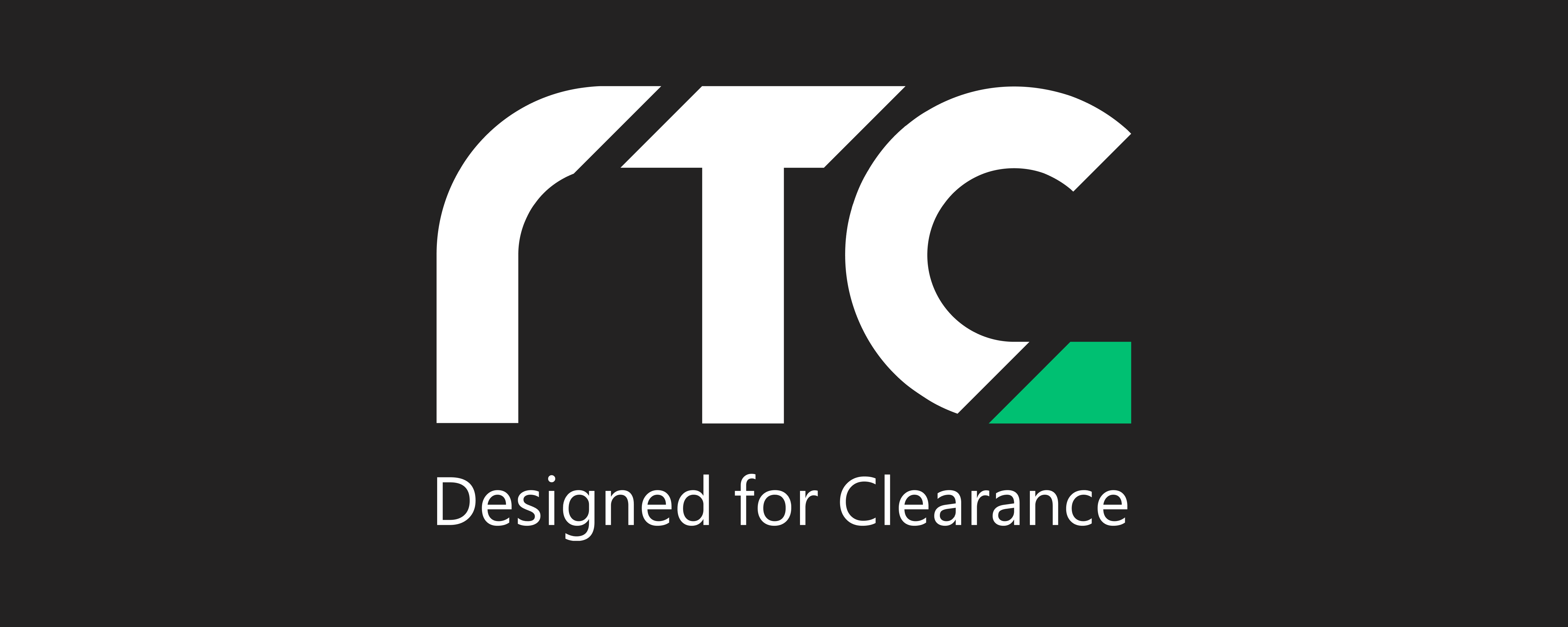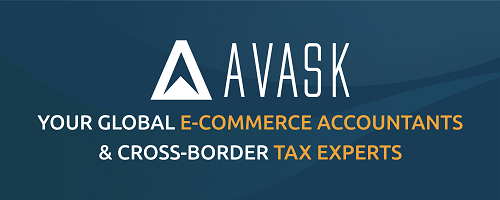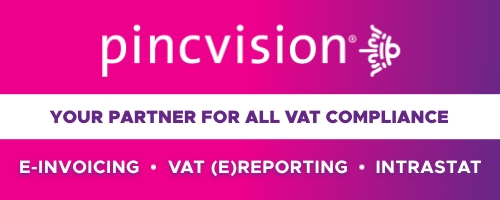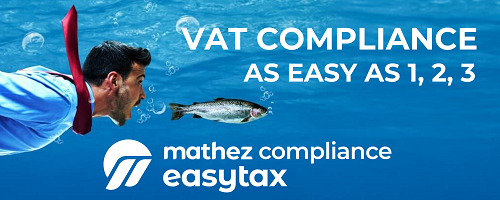- VAT carousel fraud is a complex scheme defrauding governments of VAT revenue
- Post-Brexit, the fraud has expanded beyond Europe into South East Asia and digital markets
- The fraud involves buying goods VAT-free and reselling them with VAT added, then disappearing without paying the tax
- Transactions are typically B2B with multiple shell companies to obscure operations
- The same goods may be traded multiple times with fictitious transactions and false invoices
- Innocent businesses can face denied input tax claims, investigations, reputational damage, financial losses, and legal issues
- The Kittel Principle allows denial of input tax claims if a business knew or should have known about the fraud
- Businesses must conduct due diligence including partner checks and transaction verification
- HMRC investigations focus on dishonest conduct in high-value VAT cases with serious consequences
- The reverse charge mechanism applies to specific high-risk sectors
- Future developments include enhanced digital reporting, real-time monitoring, blockchain verification, AI fraud detection, and cross-border cooperation
Source: deeksvat.co.uk
Note that this post was (partially) written with the help of AI. It is always useful to review the original source material, and where needed to obtain (local) advice from a specialist.














